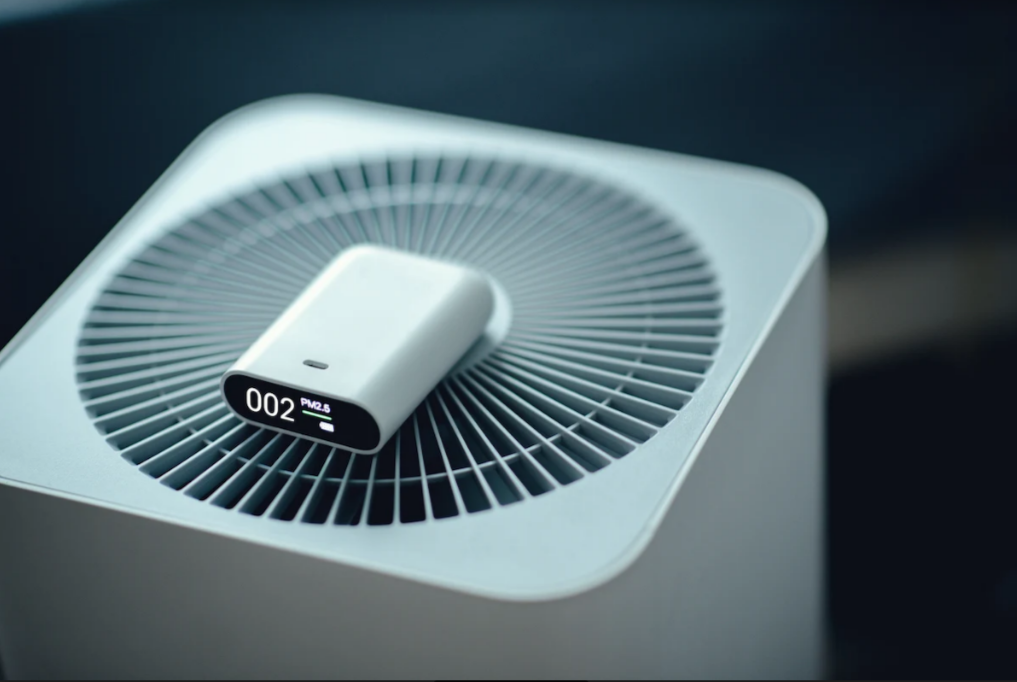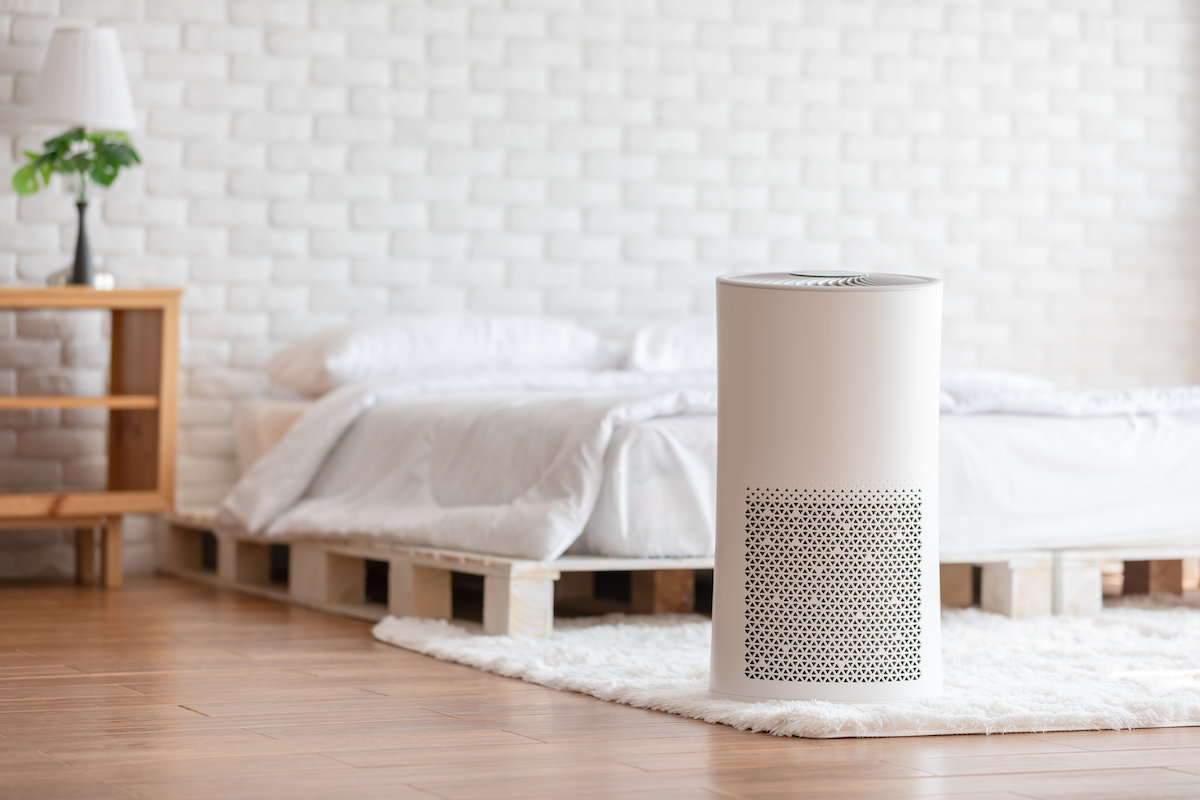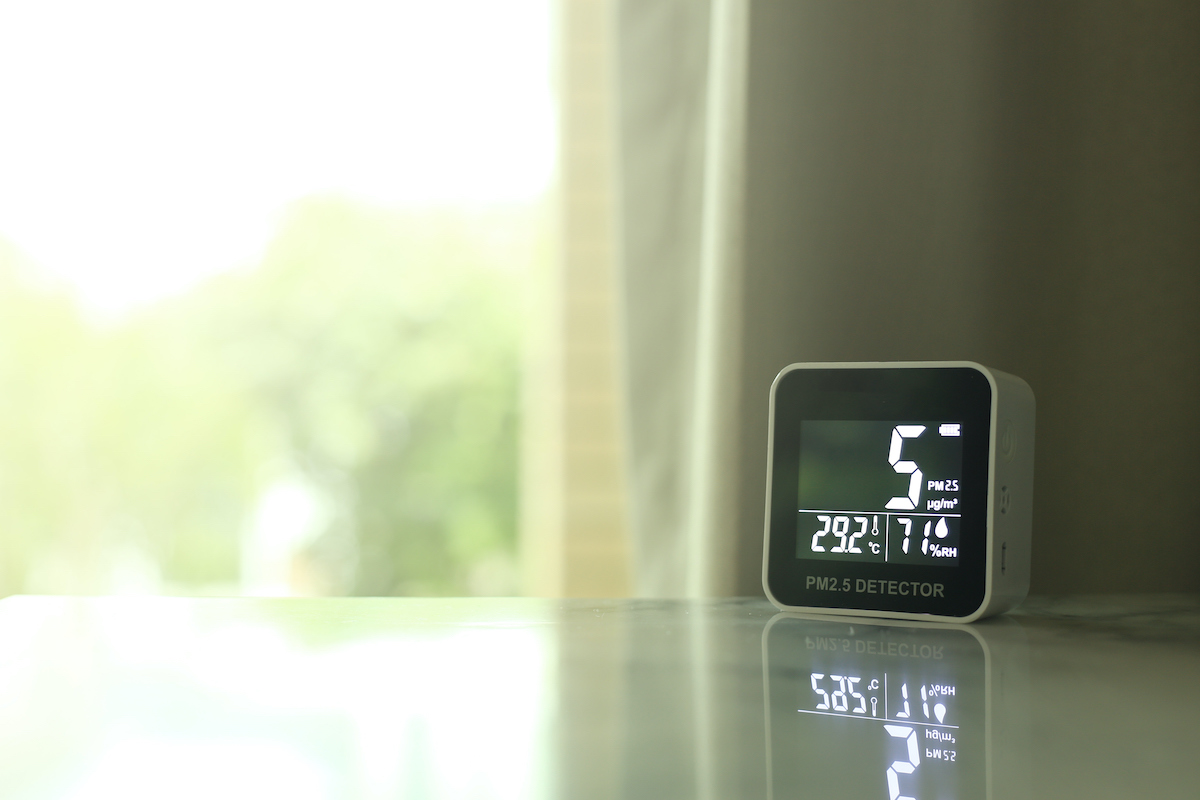5 Ways to Improve Indoor Air Quality
Put us to work5 Ways to Improve Indoor Air Quality
In recent months, the west coast experienced a series of wildfires. The air quality, for many, reached hazardous levels. While the worst of the wildfires of the season may have passed, the impacts will last a lifetime for many.
If you live in the Pacific Northwest, this may have been the first time you experienced wildfire smoke or its effects. This may also be the first time you’ve given serious thought to your indoor air quality. Even when the air outside is unhealthy, there are several things you can do to improve your indoor air quality.
At Integrity Air, we’ve received a lot of questions from our clients about how they can improve indoor air quality and do what they can to mitigate the effects of wildfire smoke and other pollutants.
This article will help you:
- Identify common sources of indoor air pollution
- Take steps to improve your indoor air quality
- Improve your HVAC system to help with air quality

Common Sources of Indoor Air Pollution
According to the Environmental Health Agency (EPA), there are several sources of indoor air pollution, including:
- Fuel-burning appliances
- Tobacco and cigarette products
- Certain building materials and furnishings, such as deteriorated insulation that contains asbestos, newly installed flooring, and furniture made from certain pressed wood products
- Certain household products used for cleaning or hobbies
- Excess moisture
- Outdoor sources such as radon, pesticides, and outdoor pollution

How to Improve Indoor Air Quality
Below are some helpful suggestions you can try today to help improve your indoor air quality. No matter the circumstances or what is going on in the environment around you, these tips will help you control your indoor air quality as much as possible.
1 – Bring Nature Inside
One easy and fun way to improve indoor air quality is to purchase plants for your home. Great houseplants to consider that help boost indoor air quality include:
- Aloe – Aloe is easy to care for, beautiful, and will show brown spots when there are harmful chemicals present in the air, almost acting as a natural air quality alert system.
- Rubber Tree – Rubber tree can survive in poor lighting conditions, requires minimal maintenance, and removes toxins from the air.
- Bamboo Palm – Bamboo is an excellent purifying plan and is able to remove benzene and trichloroethylene from the air.
- Snake Plant – Snake plant is the opposite of most plants; it releases oxygen at night rather than during the day. This nocturnal plant will help keep your indoor air quality clean during the day AND night.
- Red-Edged Dracaena – These plants are not only visually appealing, but they also clear toxins from the air such as xylene, formaldehyde, and trichloroethylene from the air.
2 – Leave Your Furnace Blower On
Your HVAC system plays a big role when it comes to improving your indoor air quality. If you keep your furnace blower on, the air will re-circulate throughout your home and back out the supply ducts. With the furnace blower on, stagnated air will be circulated, filtered, and replaced. This is good news for the whole household, but especially those who have allergies or respiratory sensitivities.
3 – Change Your Air Filter
Your air filter is arguably one of the most important features you want to maintain on your HVAC system. Air filters effectively remove airborne particles, including dust, allergens, and other contaminants. Regardless of the season, you need to change your air filter frequently. You will need to change your filter more often during wildfire season or if the air quality is hazardous in your area. You may be surprised to find that a new air filter can become visibly clogged or dirty after just a few days or weeks in hazardous conditions. Changing your air filter is easy to do and minimal in cost.

4 – Receive Proper Maintenance
One of the best ways you can improve indoor air quality is to keep your HVAC and ventilation systems clean. Poor or stagnated ventilation can cause allergens and contaminants to build up and circulate around your home. Stay on top of seasonal maintenance and cleanings to maintain and improve indoor air quality.
5 – Run Exhaust Fans & Use Dehumidifiers
Moisture levels can contribute to poor air quality. If your home is tightly sealed, activities like showering and cooking can instantly increase humidity levels. This leaves your home susceptible to mold and toxic bacteria. To mitigate any mold or bacteria growth, keep fans running as often as possible and consider purchasing a home dehumidifier for added protection.
6 – Keep Carpets Clean
Although it may not be something you first thought of, your carpets play a role in the quality of your home air. Remember to vacuum often to clear away dust and dirt that may be lurking in your carpet fibers. Also, encourage your family members and guests to leave their shoes at the door so excess allergens are not tracked through your house.

Improve Indoor Air Quality Today | Portland, OR
These tips will help you improve indoor air quality and keep your family feeling as healthy as possible. If you are concerned about how your HVAC system may be affecting your indoor air quality, which filters you need or how often to change them, don’t hesitate to reach out to our team.
At Integrity Air, we understand the unique challenges that residents deal with when it comes to indoor air quality. We’re here to help and support you with expertise, experience, and even special financing options, so you can get the system you need when you need it most.
Check out these helpful links from Integrity Air before you leave:
Contact our team in Portland today: (503) 598-0966.

